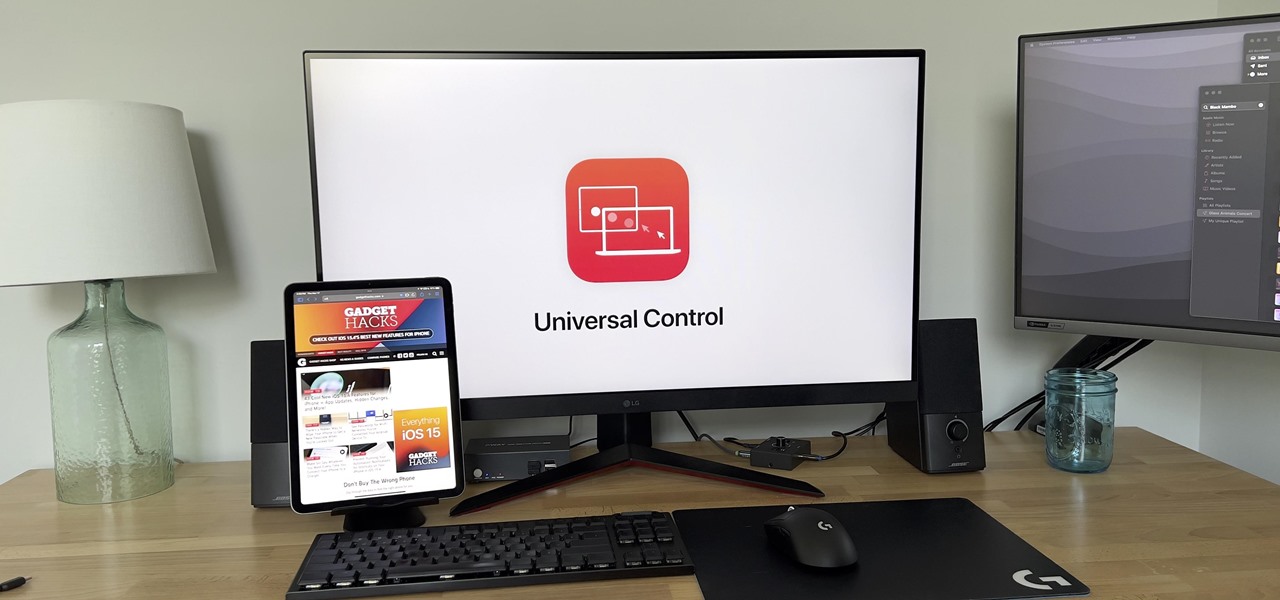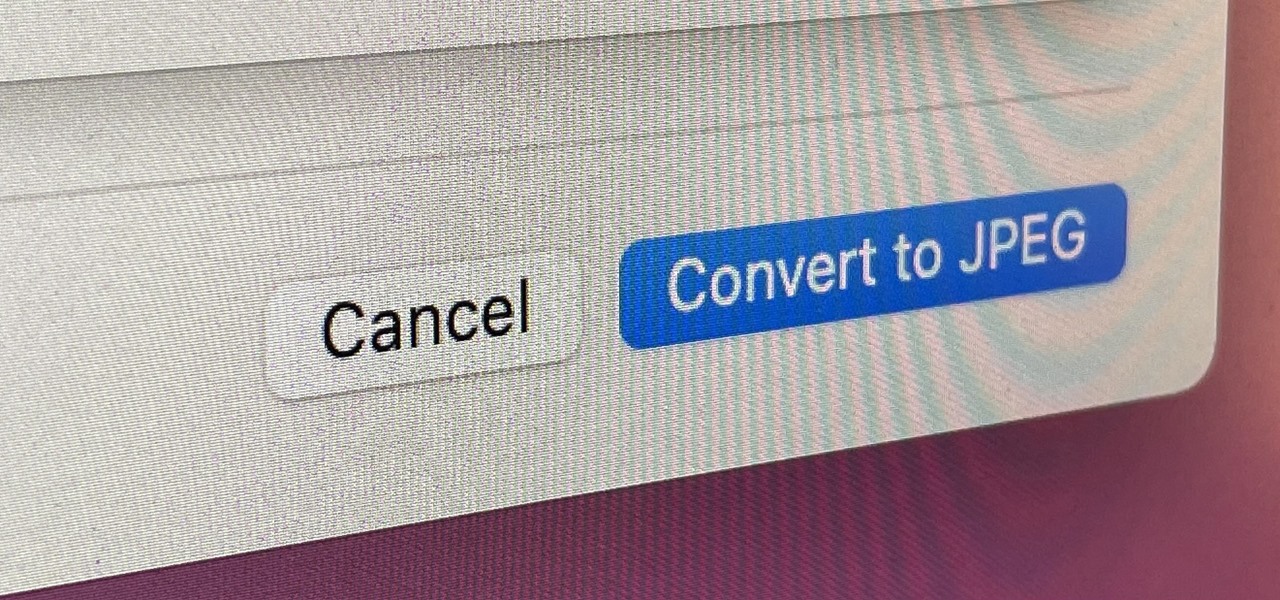AT&T and Verizon Are Testing Satellite-Powered Video Calls
Carriers
Summary
- Verizon and AT&T completed satellite-to-phone video calls, revolutionizing connectivity.
- Satellite broadband networks by AST SpaceMobile offer high-speed internet, enhancing cellular coverage.
- Competing carriers like T-Mobile are also exploring satellite connectivity and pushing for innovation.
While more and more phones are slowly getting satellite text or cellular calling, carriers aren’t stopping there. This week, Verizon and AT&T separately announced that they had successfully completed and tested satellite-to-phone video calls. And no, it’s not through Starlink.
Instead of the classic, “Can you hear me now?” we could start seeing ads for “Can you see me now?” thanks to Verizon’s powerful satellite-to-cellular connectivity anywhere and everywhere, enough for a FaceTime video call. First, Verizon announced in a press release that it had completed a video call from a phone to a satellite. At the same time, AT&T confirmed it had “completed another video call by satellite to an everyday smartphone over AT&T spectrum.” Both cellular providers have partnered with AST SpaceMobile, using five of its next-gen commercial BlueBird satellites.
AST SpaceMobile is busy rapidly expanding its space-based cellular network, but it’s not your typical 3G/4G connection. Instead, this is a satellite broadband network that promises to keep phones connected to high-speed internet regardless of location. Whether you’re in a dead zone or outside of traditional coverage, video calling is still possible.
These BlueBird 2 satellites are low-earth orbiting satellites pushing the boundaries of mobile devices by delivering broadband connectivity directly to regular smartphones running on AT&T and Verizon. Here’s what Verizon Chairman and CEO Hans Vestberg had to say: “This breakthrough marks a new era in cellular to satellite connectivity in the United States that enables seamless data transmissions–not just texts—in the rare instance a terrestrial cellular network is not available. Adding this layer of ability–not only to text someone, but to be able to call, video chat, or send files—whether in the wilderness or in a remote part of a lake community, will only enhance the reliability of our customers’ connectivity and communication experience.”

Related
The iPhone 14 Can Connect to Satellites: Here’s How It Works
Get in touch with emergency services, even if you don’t have mobile reception.
AT&T said this is “one small step for man, but one giant connection for mankind.” It’s worth mentioning that these systems and tests are the same platforms both AT&T and Verizon plan to use for commercial services with their customers.
As many of you know, Apple launched a satellite SOS feature for the iPhone 14 in 2022, but the technology is still slowly improving and expanding to other regions, devices, carriers, and satellite operators. Last summer, AT&T mentioned plans to expand its network with satellites, and we’ve heard similar comments from Verizon. Additionally, T-Mobile is busy working with Elon Musk’s Starlink to incorporate cellular service from satellites and even started testing emergency alerts via satellite.
Earlier this year, T-Mobile revealed that it was starting its Starlink satellite cell service beta, which runs until July 2025. The service offers text messaging initially, with plans to add data and voice features later. Today’s announcement by both Verizon and AT&T that video calling is up and operational, at least to a degree, is a clear sign that the competition is heating up.
While this is an exciting development, it’s worth mentioning that AT&T mentioned similar tests back in 2023. However, thanks to the Federal Communications Commission (FCC) granting Special Temporary Authority (STA) in January for satellite broadband testing, it’s now a race to get their first.
Perhaps the best aspect of these tests is that satellite connectivity can work seamlessly with mobile networks. This means one person could use a satellite to video call someone else connected to a regular cell tower. Neat, right?
Source: Verizon, AT&T
















